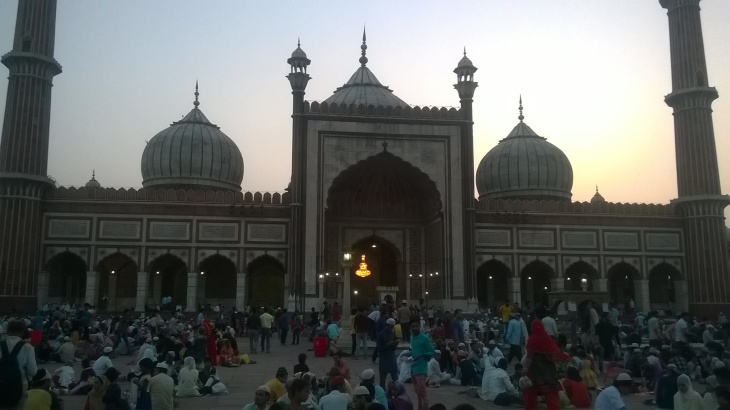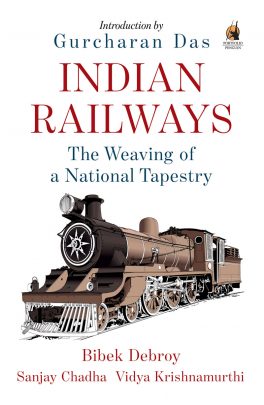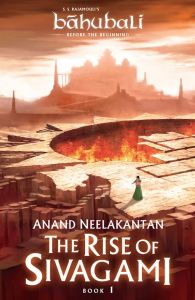Zafri Mudasser Nofil
(New Delhi, May 28, 2017) This Ramzan, one can look forward to a number of gastronomic expeditions like Iftar walks and dastarkhwans, exploring time-honoured eateries and other paralleled joints, with special focus on interfaith dialogue and cultural assimilation.
As the month of fasting began today, a number of groups have started food walks in the walled city and other areas during iftar (meal to end fast) and also sehri (meal before fast).
‘Sehar & Iftar Walks’ by Delhi Food Walks will take place in the narrow alleys of Old Delhi.

“The Iftar starts at Jama Masjid. And then, the group of participants go to various places of culinary significance to savour delicacies like pakodas, paneer jalebis, keema samosas, keema golis, shami kebabs, chicken tikkas, biryani, nihaari, phirni and shahi tukdam,” says Anubhav Sapra, founder of Delhi Food Walks.
Sapra is organising the Iftar walks every Saturday and Sunday during Ramzan. He is also planning to start Sehri walks on the last two Saturdays of the holy month.
India City Walks is also organising special Iftar evenings (Shaam-e-Iftar) and Sehri from today till June 25 to “celebrate interfaith dialogue and indulge in traditional festivities during Ramzan”.
Says its chief explorer Sachin Bansal, “During Ramzan, breakfast becomes dinner, night becomes day and fasting turns to feasting. Our Iftar evenings include a visit to the chock-a-block and vivacious lanes of old Delhi where one can relish an array of sumptuous culinary platters.”
During Ramzan, old Delhi’s iconic eating joint Karims remains closed during the day and opens only after iftar and runs till Sehri.
“We accept orders for takeaways from 5.30 p.m. and serve food to customers at our outlet only after Iftar,” says Mohammad Alman, a manager at Karims.
Activist-writer Sadia Dehlvi is hosting ‘Iftar-e-Dastarkhwan’ at her home celebrating history, culture and food.
The menu is elaborate: staple and energy booster dates, rose and khus sherbet, chicken samosas, chana dal, fruit chat and pakodas to start with; aloo gosht, chicken karahi, biryani, dahi vada and chana dal karela for dinner; and mango rice kheer for dessert.
An outlet in the capital’s Connaught Place area is also hosting innovative Iftars.
The Masala Trail by Osama has an all-vegetarian affair – dates, roohafzas or shikanji, fruit chaat, assorted pakodas, mini samosa, fryums, poori chole, dahi bhalla and gulab jamuns.
During Ramzan, all roads in the national capital lead to Old Delhi. Some of the signature items during the month are bhajiyas, keema samosas, kala chana, fried boiled eggs dipped in chickpea batter, phirni, halwa and biryani, sutli, dori and boti kebabs, keema golis and fried chicken.
In Mumbai, one can savour Iftar dishes like Nalli Nihari, Paya Curry, Tandoori Quail, Khiri and Kofta Kebabs, Sitaphal Halwa and pink milk-based watermelon sherbet.
Some must-try items in Kolkata during Ramzan are Arbi haleem, mutton chaap, sutli and kheeri kebabs, rezala, rogini roti and bakarkhani, ghoogni, halwa paratha and khajla.


